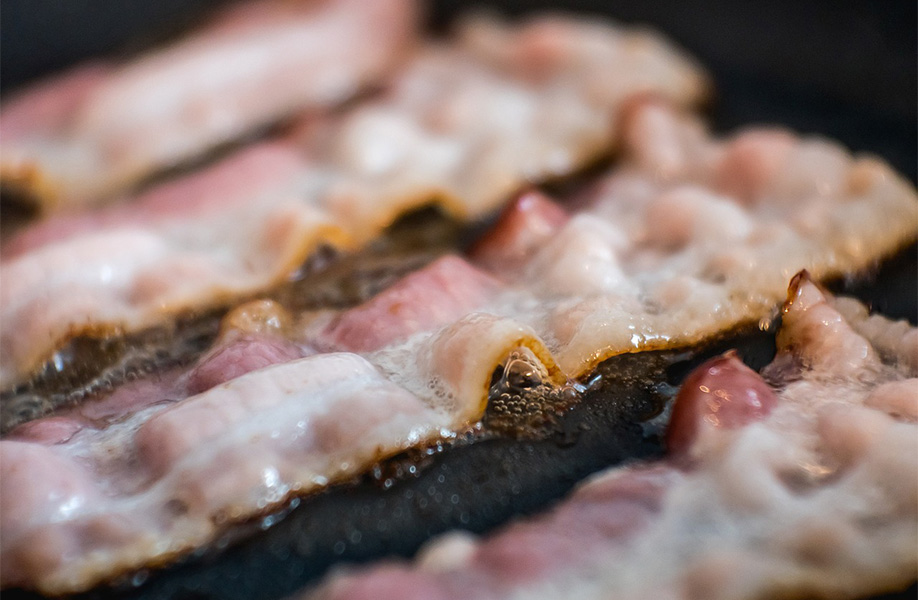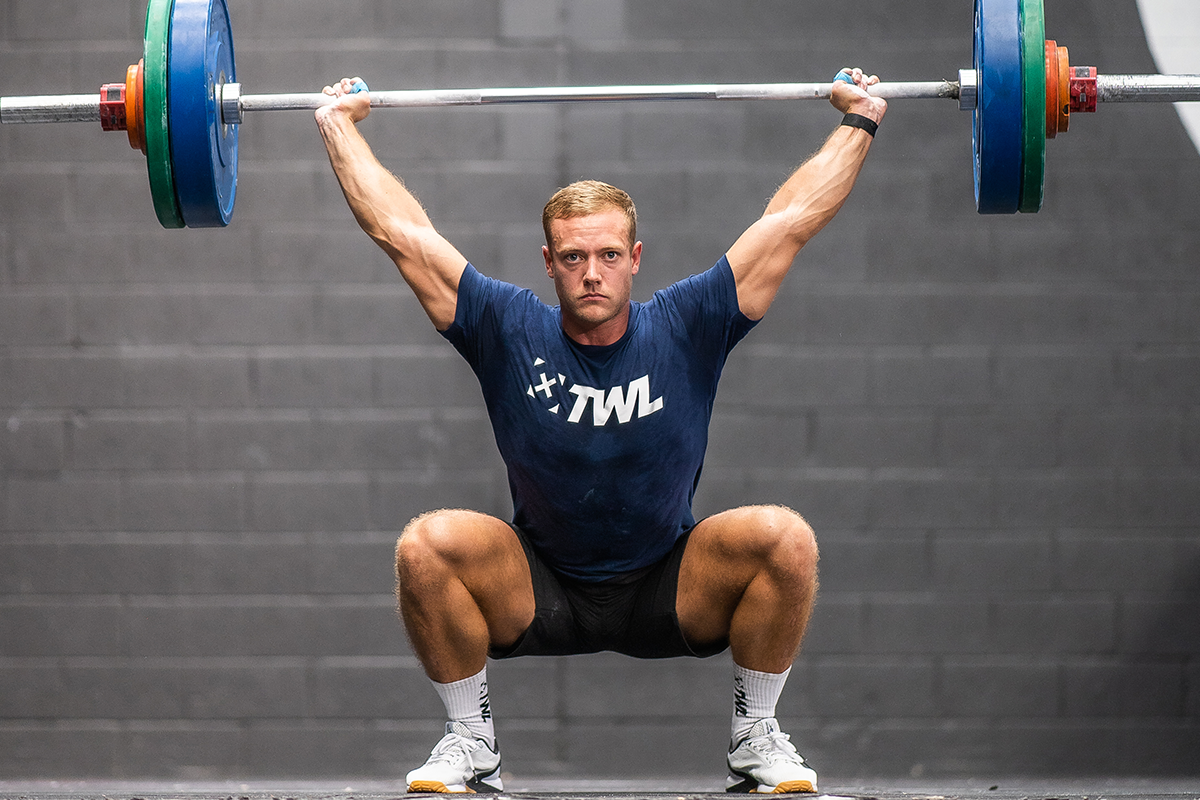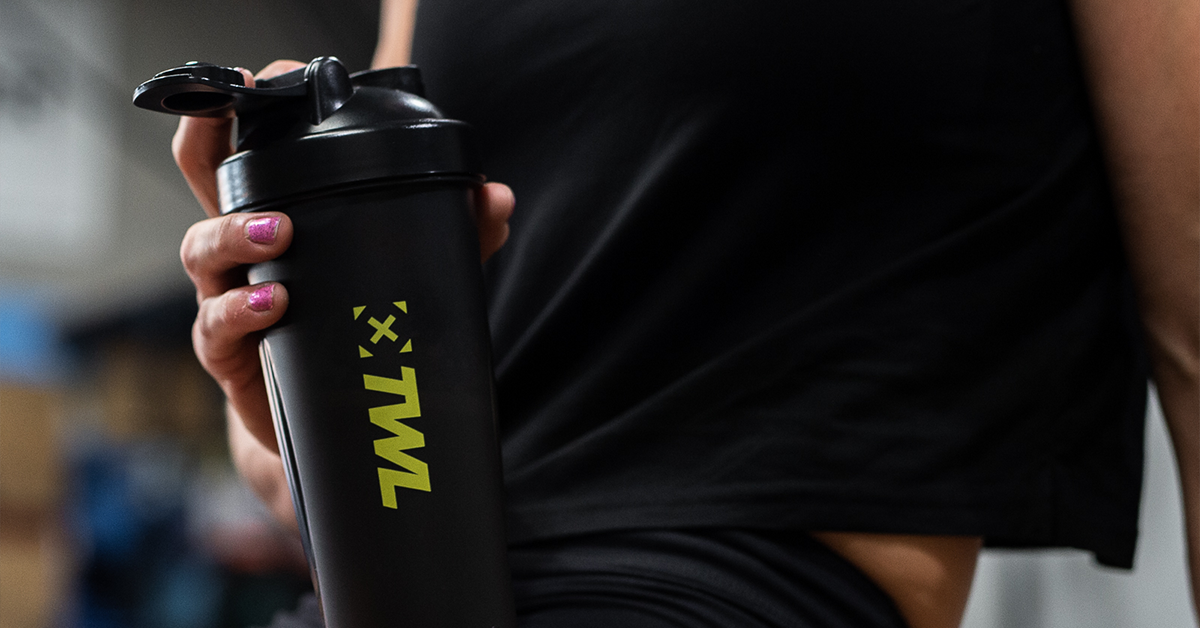You might have already heard about it before, but you don’t really quite get it. How does a low carbohydrate, high fat and moderate protein diet work? Where do you get energy for training? What is a ketogenic diet, exactly?
It’s more popular than you think. Many people have switched to it and testify to improvements in both their mental and physical health. The keto diet can help you lose weight, manage insulin levels and reduce blood sugar. It was originally developed by Dr. Russell Wilder in 1924 as a way to combat epilepsy.
What’s Ketosis?
When you consume few carbohydrates, the body has no option other than to start breaking down the available proteins and fats to use for energy and to produce ketone bodies.
The goal of the keto diet is to condition your body to burn ketone bodies instead of glucose as a source of energy. This is the state of ketosis. Some research suggests the brain prefers ketones to glucose.
How Does it Help?
One of the biggest benefits is that it helps reduce your appetite. Many people think carbs are the key to feeling full and eating less, but a low carb diet actually reduces your appetite as if your stomach has shrunk. Most people struggle with hunger when on a diet, so this is a particularly helpful aspect of the keto diet.
It also helps regulate blood sugar and insulin levels. Your body breaks down carbohydrates into glucose, and a spike in glucose can be bad news. With your body not producing additional insulin, these levels are stabilized.
Calculating Your Macros
As with any diet, it’s not enough to eat foods that are “allowed” and avoid foods that are “prohibited.” It’s important to track your macronutrients. It might be tiring to do so, but it’s always important to make sure you’re getting the right amount of nutrients when you’re transitioning to a diet.

If you’re considering switching to a keto diet, it’s crucial you speak to your doctor; but to give you a rough idea, your diet should have 5-10% carbohydrates, 70-75% fats and 15-20% protein — low carbohydrate, high fat and moderate protein.
Wait, dropping protein? The recommended amount for athletes on a ketogenic diet is 0.6 to 1.0 grams per pound of lean mass. You can compute this by subtracting your fat percentage from your total body weight and multiplying by 0.6 or 1.0. Ketone bodies have a “protein sparing” effect: athletes have found that they lost no muscle and even gained lean muscle mass in the process.
Additionally, you need to compute net carbs, which is your total carbs minus fiber. So if an avocado has 12 grams of carbohydrates and 10 grams of fiber, then it only has 2 grams of net carbs. Green and leafy vegetables contain a lot of fiber and can help you stay under your limit.
And fat? Well, it would be difficult to get enough fat in your diet in the earlier days. Don’t resort to polyunsaturated fats like unhealthy oils. Make sure you incorporate healthy fats in your diet in the form of coconut and olive oils and fatty cuts of meat. Eating fat doesn’t mean gaining fat.
Finally, don’t forget to check your electrolytes. They’re important in avoiding the “keto flu” — make sure you get enough sodium, potassium and magnesium. Sodium is easily covered by eating salty food. You need to replace what you lose when you workout. For the other two, you can rely on leafy vegetables, nuts and avocados.
What Do You Eat?
Here is a list of must-have foods you can add to your meals.
- Fatty nuts and seeds
- Avocado
- Whole eggs
- Full-fat cheese
- Beef
- Chicken
- Vegetables
- Pork rinds
- Olive oil
- Heavy cream
- Fatty fish
- Bacon
- Chicken broth or bouillon cubes with at least 1 gram sodium
It’s possible to go on a keto diet without compromising your health, your athletic performance and your muscle mass. Just make sure you’re hitting your needed amount of nutrients.

















